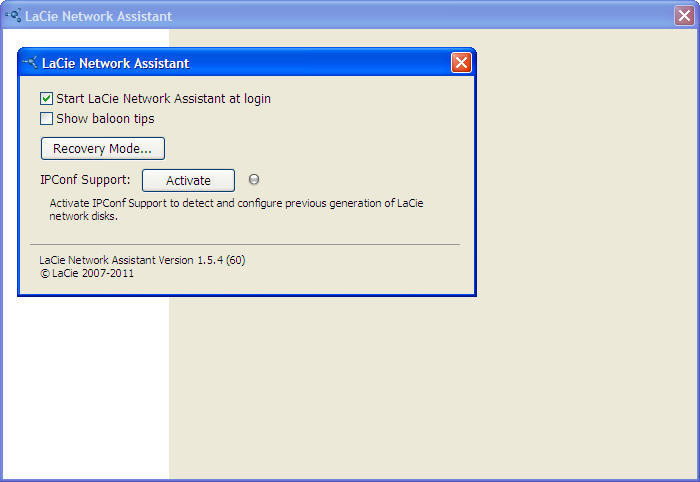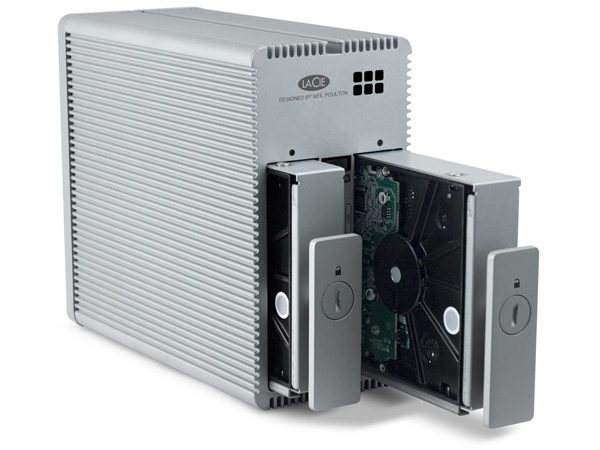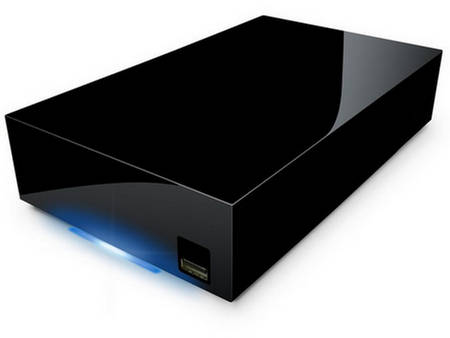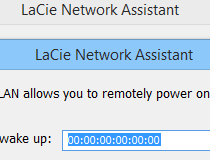

- #Select lacie network assistant in your applications folder how to#
- #Select lacie network assistant in your applications folder mac os#
- #Select lacie network assistant in your applications folder install#
- #Select lacie network assistant in your applications folder software#
- #Select lacie network assistant in your applications folder password#
#SELECT LACIE NETWORK ASSISTANT IN YOUR APPLICATIONS FOLDER MAC OS X#.#SELECT LACIE NETWORK ASSISTANT IN YOUR APPLICATIONS FOLDER HOW TO#.Mac: The share icon will appear in your Finder automatically when the computer detects it on the network. Windows: The share will mount in Computer/My Computer automatically when the computer detects it on the network.To cancel auto-mount, uncheck the box for Auto. The share will now mount each time you boot the computer. Select the checkbox for Auto to open the share.All available shares will appear in the list of volumes.
#Select lacie network assistant in your applications folder password#
In the pop-up window, choose Registered User and enter the Username and Password for the share.


#Select lacie network assistant in your applications folder how to#
Private shares will prompt a user for a username and password (see Authenticate private shares to learn how to avoid entering the password). Public shares are available to everyone on the network.

Mac: From the menu bar, select the Seagate Network Assistant icon and move the cursor to your Seagate NAS.Windows: From the taskbar, right-click on the Seagate Network Assistant icon and move the cursor to your Seagate NAS.Seagate Network Assistant gives you many options to access your Seagate NAS's public and private shares. The NAS OS login page will launch in an Internet browser.Mac: Choose the Seagate Network Assistant icon in the menu bar to select your Seagate NAS.Windows: Right-click on the Seagate Network Assistant icon in the taskbar to select your Seagate NAS.If you have multiple NAS OS devices, select the NAS you wish to access from the list on the left-hand column.Īccess NAS OS using Seagate Network Assistant.Mac: Choose the Seagate Network Assistant icon in the menu bar to select Open Seagate Network Assistant. Windows: Right-click on the Seagate Network Assistant icon and choose Open Seagate Network Assistant.The application icon will appear in the menu bar. Select Seagate Network Assistant at Go > Applications > Seagate Network Assistant.Right-click on the icon in the taskbar.The application icon will appear in the taskbar. Select Seagate Network Assistant in Start > All Programs/Programs.
#Select lacie network assistant in your applications folder install#
#Select lacie network assistant in your applications folder software#
It is a software utility that helps you detect and access NAS OS devices on the network. Install Seagate Network Assistant on one or more computers connected to the same network as your NAS.


 0 kommentar(er)
0 kommentar(er)
